
views
Futuristic Military Technologies Already in Use Today
Creating Peace with Weapons: Following Putin's brutal attack on Ukraine, the world's focus has shifted towards rearmament. Some countries have weapons systems that seem to come straight out of a science fiction novel.

The technologies being developed by militaries around the world are so incredibly futuristic that it's hard to believe they exist not only in Hollywood movies but also on real battlefields.
1. ADAPTIV Stealth Helicopter
Remaining unseen by enemy forces while approaching for an attack is of utmost importance when trying to leverage the element of surprise. When planning something other than a ground assault, it is nearly impossible to carry out an operation without the other side finding out... or is it? About 10 years ago, a system was developed that allows vehicles to approach within 500 meters without being detected.

In 2011, BAE Systems AB introduced ADAPTIV, an infrared system that can be attached to jeeps, tanks, and even helicopters. The system acts as a "thermal screen," adapting to the external temperatures while the vehicle is in motion. In other words, the opponent sees only what their thermal system detects.
2. Modular Robot System
Military forces worldwide have been searching for ways to prevent frontline troops from blindly entering dangerous situations. What if there was a way to obtain precise information and evacuate an injured soldier to safety without putting others at risk?

The MAARS robot is exactly what the military has been looking for. It can be operated from a distance of over 915 meters and, if necessary, transport a person weighing over 140 kilograms to safety. Don't worry, although our little robotic friend is not equipped with artificial intelligence, it has a trained soldier remotely controlling its four loaded grenade launchers and M240B machine gun, just in case.
3. Thunder Cannon
Harnessing the power of the elements is something scientists have been trying to accomplish for centuries. To the best of our knowledge, no one has achieved this yet, but a few have come very close. PDT Agro, in collaboration with the Israeli Defense Forces (IDF), has developed a machine that utilizes high-speed shockwaves generated by a detonation within the machine's drum.
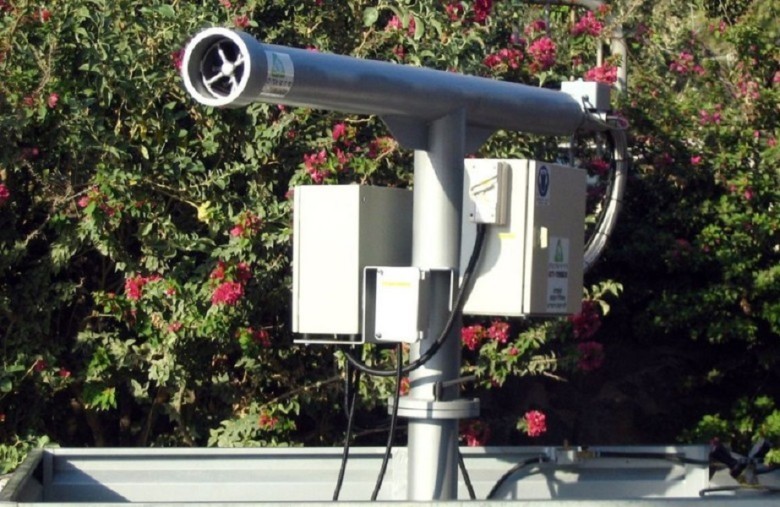
The force of the explosions emitted by the Thunder Cannon can be perceived by humans up to almost 30 meters away, and as if that wasn't enough, the high-speed shockwaves are capable of temporarily deafening the cannon's targets.
4. DEKA Arm System
Among the many cool things that Star Wars has brought into the world over the years, Luke's prosthetic hand was one of the more practical items. But like most, if not all, inventions from Star Wars, a prosthesis that functions like a real limb was light-years away from becoming a reality.
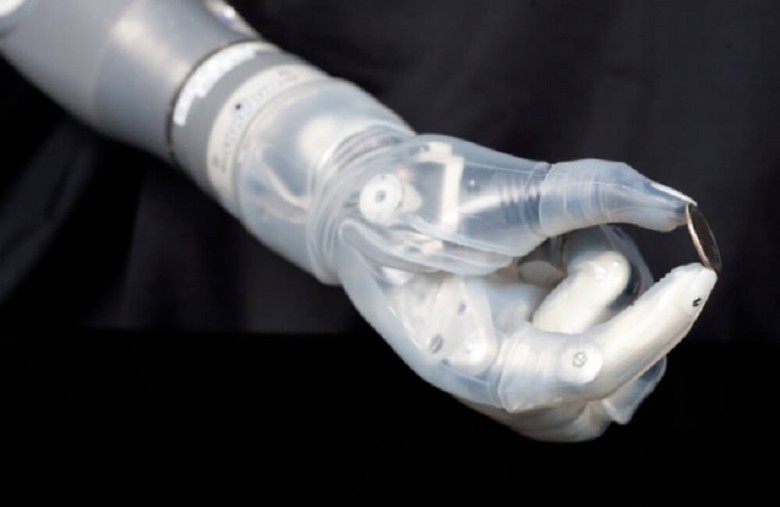
Everything changed in 2006 when Dean Kamen, the inventor of the Segway, received approval to begin developing such a product. The myoelectrically controlled DEKA Arm System allows prosthetic-wearing veterans to move more naturally by converting the muscle movements detected by the device into motion patterns.
5. Laser Weapons System (LaWS)
Accuracy and minimal collateral damage are two key factors that determine the direction of future military technologies. When properly developed, as is the case with the Laser Weapons System, a laser could be capable of hitting enemy targets from a distance of up to a mile, leaving behind minimal projectile damage, if any.

The Laser Weapons System (LaWS) is mounted on warships and can destroy enemy targets of almost any size. Unlike other devices, the LaWS is low-maintenance and only requires a power source to make the laser operational.
6. Hydrodynamic Explosive Ammunition
Armored vehicles have become increasingly agile and deadly over the years, prompting defense authorities to seek ways to level the battlefield. As it seems that laser warfare is still a few years away, DARPA has developed a short-term solution to bridge the gap.

The Magneto Hydrodynamic Explosive Munition (MAYHEM), reminiscent of a Hollywood action film, penetrates armored enemy vehicles by using molten metal instead of conventional explosives to enter the interior. Once the explosive ammunition penetrates the target, it detonates, causing destruction internally.
7. Human Universal Load Carrier (HULC)
The Human Universal Load Carrier (HULC) was designed to help soldiers travel at high speeds for extended periods while carrying hundreds of kilograms. The HULC is the closest thing to a real-life Iron Man suit. Okay, it can't fly or shoot laser beams, but it does give soldiers superhuman abilities.

This hydraulically powered exoskeleton suit has built-in sensors that detect the movements of its wearer and respond accordingly, thanks to an integrated microcomputer. Although the HULC has undergone a series of successful tests by the US Army over the years, this technology has yet to be fully deployed.
8. PHASR (Personnel Halting And Stimulation Response) Rifle
Believe it or not, not all massive rifles are capable of destruction. Similar to the phasers used by Captain Picard and his crew in "Star Trek," PHASR (Personnel Halting and Stimulation Response) rifles are designed to stun targets.
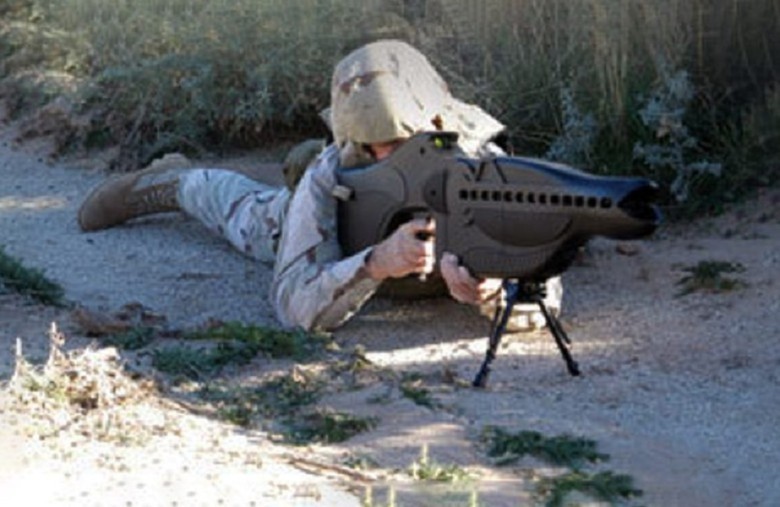
Unlike the legendary Star Trek phasers, the PHASR rifle is a non-lethal weapon that utilizes low-intensity laser beams to temporarily blind and disorient the target. In a world where deadly violence and collateral damage have sadly become the "norm," the PHASR rifle is a step towards a future with fewer unnecessary casualties.
9. The X-Plane
DARPA has been working on an experimental vertical takeoff and landing aircraft for some time now. The goal of the project is to create an aircraft that can hover like a helicopter but maneuver like an airplane. It would be capable of rapidly extracting soldiers from dangerous situations without requiring a runway.

With its advanced hover capabilities, the ability to lift 40% of its own weight, and the ability to take off or land on any surface, the X-Plane has the potential to revolutionize the world of aviation.
10. Broad Operational Language Translation (BOLT)
Without the barriers posed by the different languages spoken by people around the world, there would be much less confusion and fewer misunderstandings. If only there were an app or program that could be downloaded to a mobile phone and could translate what someone else is saying...

Well, DARPA thought the same thing. BOLT technology enables not only bilingual communication but real-time translation as well. Although DARPA claims that the technology can be modified to translate any language, BOLT has only been deployed in Iraqi Arabic and used by US troops overseas until 2019.
11. Taser Shockwave
In 2008, Taser began promoting the Taser Shockwave, its first mass shock system. The system features 36 Tasers in two rows and can be fired either row by row or all at once. This electrifying piece of technology is utilized by SWAT as one of their specialty weapons and has proven very effective.
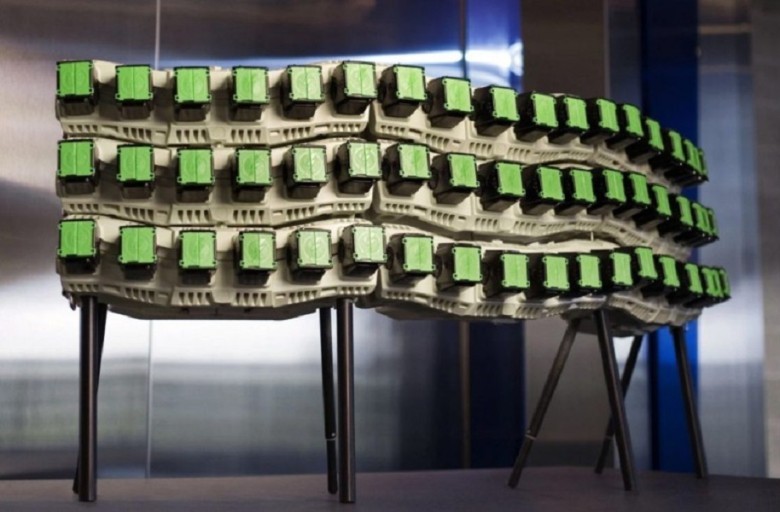
The Taser Shockwave can reach targets up to 11 meters away when fired in a fan pattern of 20 degrees, incapacitating them with the use of non-lethal force. To prevent larger disturbances from spiraling out of control, multiple units of the Taser Shockwave can be interconnected, creating a sort of "electric corridor."
12. HoloLens for Soldiers
Since 2018, Microsoft has been collaborating with the US Army to develop a virtual reality training device that combines real-world scenarios and augmented reality with machine learning technology. The training exercises are based on data collected from thousands of hours of actual combat experiences.

The HoloLens-based headsets for soldiers have undergone testing by the military over the past two years and have proven to be very helpful, or at least that's what the military thought. Microsoft has been awarded a contract to supply the US Army with 120,000 units, potentially earning the company $21.88 billion over the next decade.
13. Quantum Stealth Camouflage
Developing a means to conceal troops from the eyes of the public and radar would give the military a tremendous advantage over its adversaries. Canadian company HyperStealth Biotechnology has developed such technology. Known as Quantum Stealth Camouflage, it is the closest thing to Harry Potter's invisibility cloak in real life.
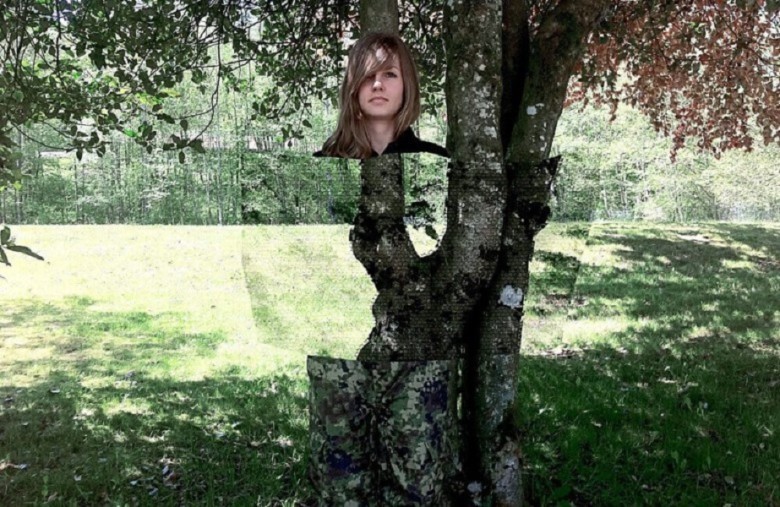
Quantum Stealth camouflage bends light to mimic its surroundings. The material it is made of eliminates heat signatures, rendering its users invisible to infrared and thermal scanners. It is currently being utilized by various military forces.
14. T Ghost
Whoever said they have "no fear of a ghost" has never encountered BAE's T Ghost. The T Ghost series (CV90) tanks utilize BAE's ADAPTIV camouflage technology. The Combat Vehicle 90 (CV90) is a lighter and more maneuverable tank, perfect for navigating complex battlefields. But after being equipped with ADAPTIV, its military value becomes immeasurable.

ADAPTIV's infrared thermal camouflage technology transforms an already versatile tank into a true ghost on heat imaging systems, allowing this combat machine to approach its targets unnoticed. The T Ghost's powerful 120mm compact cannon has a 44% reduced recoil compared to most tanks, capable of firing 12-14 rounds in 60 seconds.
15. Hybrid Insect Micro Electro-Mechanical Systems (HI MEMS)
Sending a spy behind enemy lines may be one of the most effective methods of gaining valuable information, but it also puts the spy in a vulnerable position. To eliminate this risk and not the spy, DARPA has developed a method that can allow the US military to creep up to 50 meters towards the enemy without detection.

By implanting microchips into insects still in the early stages of metamorphosis, DARPA researchers hope to create a super race of "cyborg beetles." The insects receive electric signals that manipulate their muscles, allowing them to execute commands from their controllers, including eavesdropping on a target.
16. Precision-Guided Munition with Extreme Accuracy
As if there weren't enough fearsome weapons in the world, DARPA has developed an "intelligent" projectile. The projectile aims to enhance sniper accuracy with a system that essentially self-guides after being fired, capable of hitting moving targets.

The "Extreme Accuracy Tasked Ordnance" (EXACTO) projectile utilizes an optical guidance system and employs a "fire and forget" technology that compensates for strong winds and inexperienced shooters by locking onto a target and adjusting its course mid-flight. With EXACTO, the concept of "curved shots" takes on a whole new meaning.
17. GEN-L Water from Air Generator
There are many places in the world that lack access to clean drinking water, whether due to their location or unforeseen disasters. Since water is relatively vital for human survival, a technology that could generate water would not only change lives but also save them.

Using patented GENius heat exchange technology, Watergen machines convert outdoor air into water. In 2017, the US Army participated in a five-day disaster relief exercise where the generator was able to provide a continuous water flow for simulated rescuers and victims. In recent years, Watergen has shifted gears and started focusing on the global civilian population and the persistent issue of water scarcity worldwide.
18. Geckskin
A research team at the University of Massachusetts developed Geckskin, a material that adheres to flat surfaces and is capable of supporting nearly 350 kilograms on a postcard-sized pad when applied to a smooth surface, using rigid tissues to increase its adhesive force.
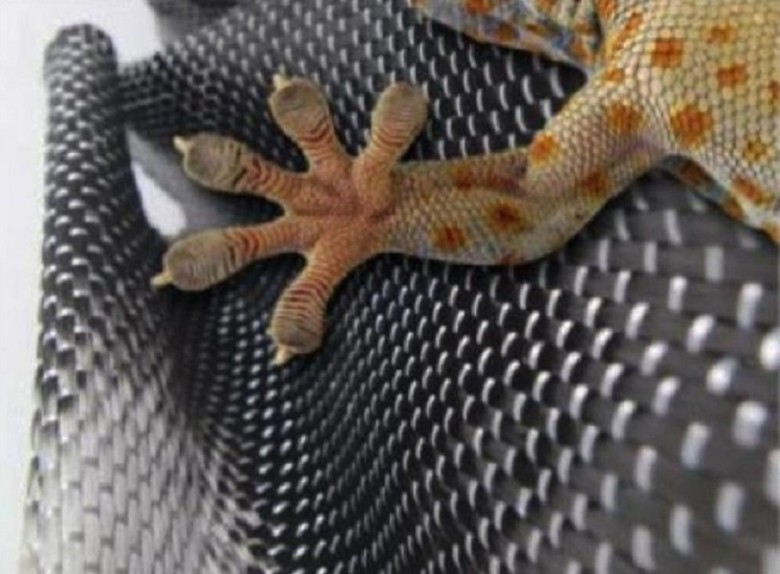
Recognizing the military value of Geckskin, DARPA is now working on perfecting the technology. One major advantage of this technology is that soldiers in the field will only need a pair of Geckskin gloves to climb a vertical wall.
19. AI Submarine (ACTUV)
Artificial intelligence has been a key element in many futuristic films for decades. Gradually, these film creations are also being utilized in the real world. Unmanned aircraft patrolling the skies is no longer just an idea, and neither are self-driving cars navigating the streets.

Next up, DARPA's unmanned 40-meter-long AI submarine will explore the depths of the oceans. The Sea Hunter is capable of traversing thousands of nautical miles alone for extended periods and is currently undergoing testing by the US Navy for potential future deployments.
20. Active Denial System (ADS)
The Active Denial System (ADS), also known as the "heat ray," is a non-lethal weapon that heats the surfaces of its targets with directed energy. The ADS works similar to a microwave, heating the skin of individuals to such a degree that they have no choice but to surrender their position or suffer severe burns on their skin surface.

When the "heat ray" was deployed by the US military in Afghanistan in 2010, it did not see action, but it gained such a good reputation that a smaller, portable version of the ADS is currently in the works. Once completed, the portable "heat ray" will surely make would-be troublemakers feel the heat.
21. Electrical Prescriptions (ElectRx)
DARPA's ElectRx program aims to treat disorders such as PTSD and chronic pain by stimulating the peripheral nerves using electrical stimulation. The idea behind the ElectRx program goes beyond just treating individuals with disorders, aiming to combat the issues before they arise.
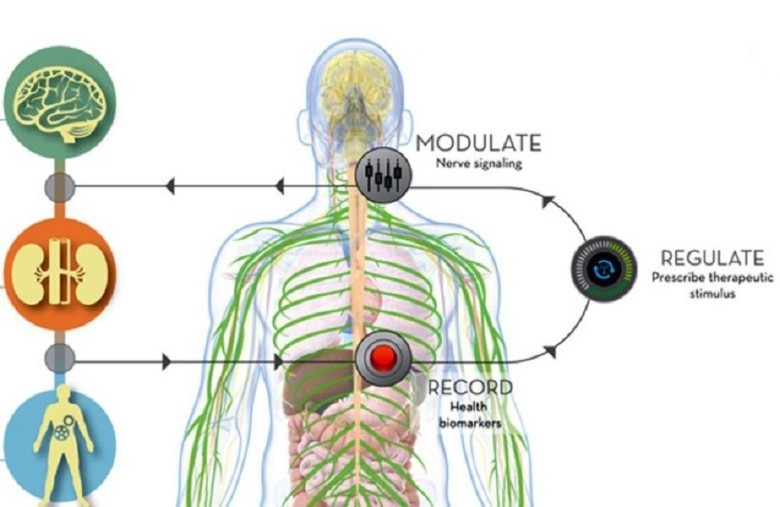
In a press release, Doug Weber, the head of the ElectRx program, stated that they are "pursuing a technology that can detect the onset of disease and automatically react to restore health." This is either the beginning of a miraculous technology that will eliminate neuropathic diseases, or it is the start of a science fiction thriller in which everyone is controlled by electronic medication. Only time will tell.
22. Boeing Laser Avenger
The Boeing Laser Avenger, mounted on combat vehicles, is a combination of kinetic and directed energy weapon system used in covert or concealed positions. In other words, this laser is capable of shooting down objects from the sky without leaving a smoke trail that leads back to the weapon's location.

Nearly 15 years ago, Boeing began developing an infrared laser defense system for aviation called the Boeing Laser Avenger. The idea behind the "Avenger" was to enable friendly forces to shoot down enemy aircraft while keeping their own locations undisclosed. And that is exactly what the finished product achieves.
23. Robotic Support for Geosynchronous Satellites (RSGS)
The satellites orbiting the Earth are invaluable in providing information to various governments around the world. The problem is that it costs millions of euros and countless hours to send a team of engineers into space to perform repairs when one of them malfunctions or breaks down.

DARPA's solution is to remove humans from the mission and instead launch a Robotic Servicing Vehicle (RSV) into space. Don't worry, the military isn't planning on sending artificial intelligence into orbit; each RSV will be remotely controlled from a control room on Earth.
24. Hypersonic Missile - X51A Waverider
The AFRL has been developing a hypersonic propulsion system since the 1990s. The goal of the project was to create a hypersonic missile that could be carried by a B-52 to an altitude of 15km and then released to "do its thing." It wasn't until 2003 when a scramjet engine was added to the equation that the plan could be realized.

By utilizing a rocket booster and a scramjet engine, the X-51A can achieve hypersonic speeds of up to 6,440 km/h. Although the X-51A Waverider has not yet reached Mach 6, it reached Mach 5 during a test flight in 2013, traveling at speeds over 5,300 km/h for 3.5 minutes. At that time, no other hypersonic flight had lasted that long.
25. High Energy Laser Mobile Demonstrator (HEL MD)
Boeing's HEL MD is an armored military truck equipped with a solid-state laser that can destroy incoming missiles in flight. The advanced targeting system of the laser identifies its target within seconds of detection, fires a precise destruction charge, and then moves on to the next target.

Just three strategically placed vehicles like these would be enough to protect an entire battalion from heavy mortar fire. Most people would probably think that using such technology on the battlefield would be quite expensive, but the operating cost of the HEL MD amounts to just about one dollar per explosion.
26. OBRUM PL-01 Stealth Tank
Historically, Poland is not known for developing game-changing technologies or weapons. However, in 2013, that changed with the unveiling of the PL-01 stealth tank by OBRUM, the world's first camouflaged armored vehicle.
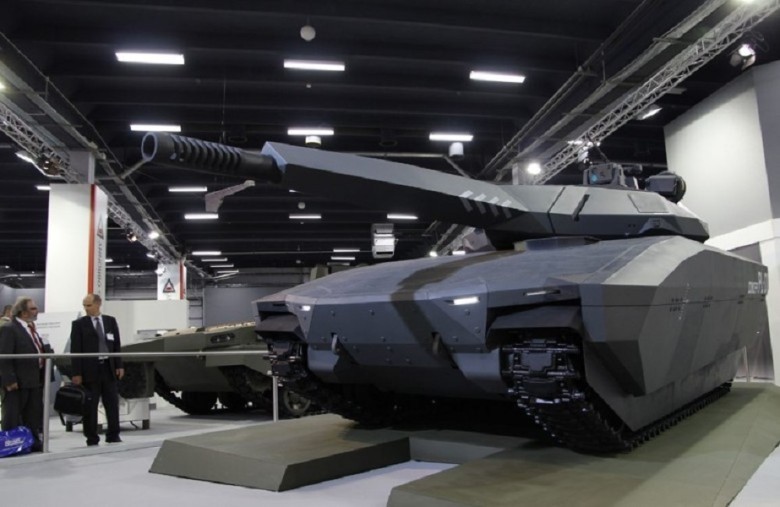
With a 940 horsepower engine under the hood, the PL-01 can travel a distance of over 480 kilometers while remaining virtually undetectable to foreign radar systems. The PL-01 can also carry 45 rounds of ammunition, with 16 ready for deployment in the turret.
27. Mantis Armored Vehicle
Afraid of enemies threatening your troops with explosive and kinetic weapons? How about a biochemical or nuclear weapon? If the threat of any of these types of weapons is enough to make you feel a little uneasy, then Carmor has just the vehicle to calm your nerves.
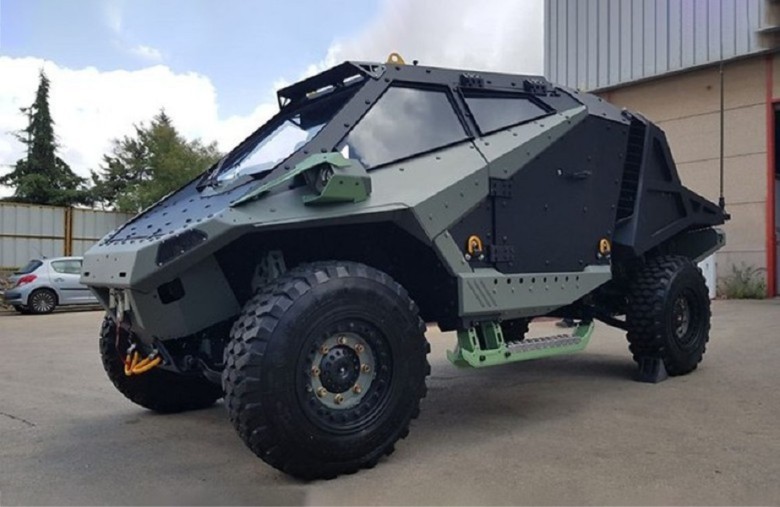
The Mantis armored vehicle is compact, mobile on most terrains, and coated with multiple lightweight protection layers that shield the eight occupants of the vehicle from almost all types of attacks. The Mantis is also fully equipped to protect itself by arming its top-mounted turret with a machine gun or rocket launcher.
28. Armatix Smart Pistol
The Armatix Smart Pistol in .22 caliber was designed to be usable only by those authorized to do so. The locking system is controlled by an RFID key in the form of a smartwatch. In addition to the key, the watch also monitors the usage of the pistol and the remaining battery power.
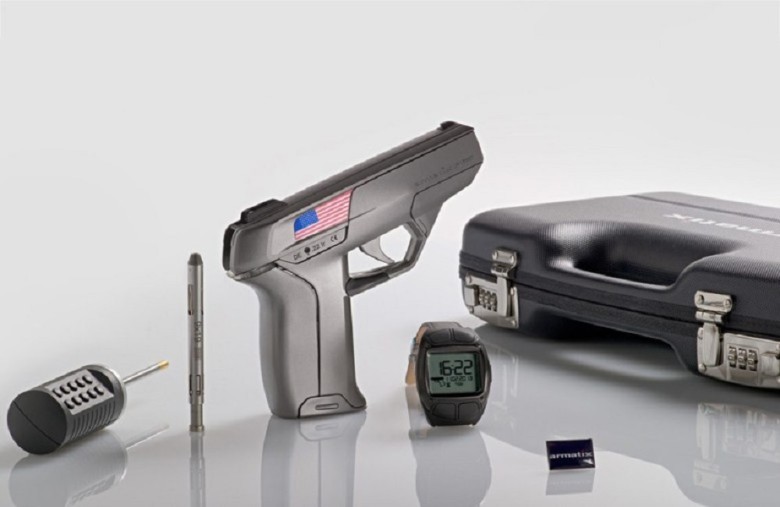
Although the idea behind the smart pistol is great in theory, the weapon's locking system has unfortunately not proven itself in practice. Unauthorized individuals can still fire the Armatix Smart Pistol as long as the smartwatch is within 25cm of the user, posing too many security risks with the current model.
29. Long Range Acoustic Device (LRAD)
If an LRAD sounds like a device used for sending messages over long distances, it is, but Genasys' LRAD system is much more than that. While primarily used as a communication device, the LRAD system is also employed as a sound cannon and sonic weapon.
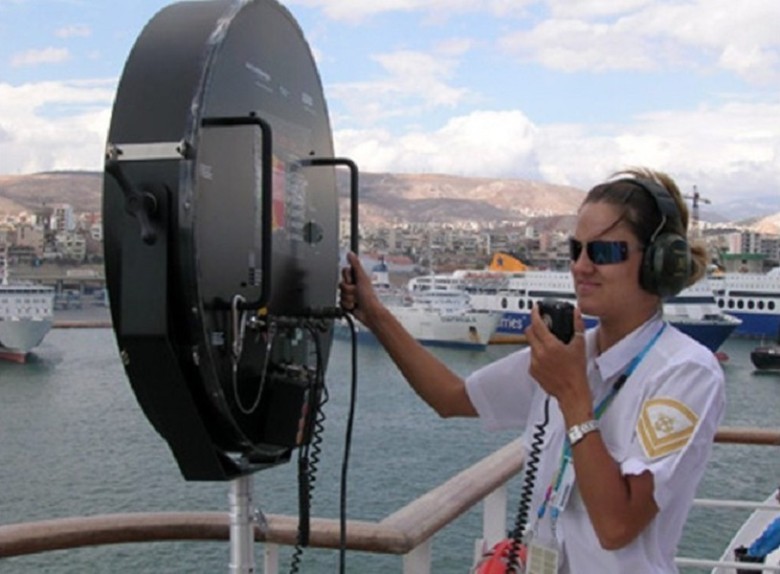
Several police forces in the United States have already begun using the LRAD system for crowd control. Some cruise lines have even chosen to implement this technology on their ships to deter potential pirates from boarding and looting vessels.
30. Carmel Street Fighting Tank
When it comes to the development of advanced military equipment, Israel has been at the forefront or near the top for decades. However, after the IDF experienced difficulties maneuvering large armored vehicles through narrow streets during Operation "Protective Edge" in 2014, they began developing a tank that better suits the current needs of the armed forces.

Although the Carmel tank is manned, it is mostly operated by one of the soldiers using a controller similar to a video game controller. These new combat tanks are easier to operate and provide greater mobility, marking a significant turning point.
31. MQ-8C Fire Scout
In 2012, Northrop Grumman began developing an unmanned helicopter for the US Navy that could be deployed in the field. After just one year of research and development, the MQ-8C Fire Scout completed its first flight in 2013, and it has been deemed operational since 2019 as an autonomous helicopter.
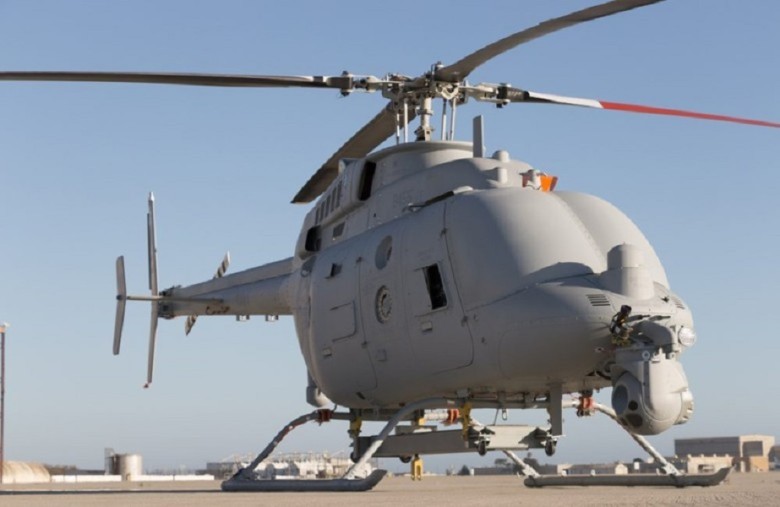
Originally designed as a reconnaissance helicopter, the Fire Scout has also proven to be capable of providing aerial support to ground troops, staying in the air twice as long and carrying three times the weight of its predecessor, the MQ-8B.
32. DARPA Squad X Experimentation Program
In modern warfare, the rules of engagement are constantly changing, as are the battlefields on which wars are fought. Gone are the days when enemies faced off against each other and could see each other coming. DARPA has been at the forefront of developing methods to help protect friendly forces from harm.
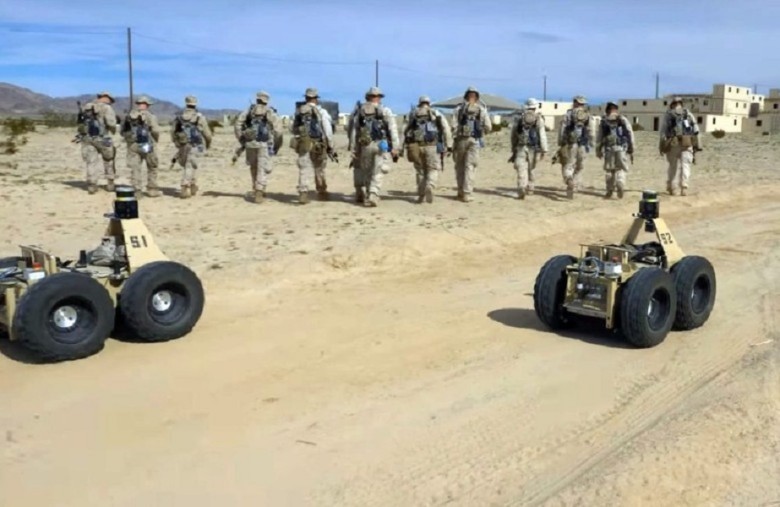
The Squad X program aims not only to identify potential threats to the entire troop but also to enable real-time communication among unit members about each other's whereabouts by collaborating with unmanned ground and aerial units, even in areas where GPS signals may be blocked.
33. Robot Dogs
As cute as a dog may look in its military outfit, most people would agree that the military is not a place for a dog. In the past decade, DARPA and Boston Dynamics have independently developed their own solutions to bring the idea of a robotic dog squad to life.
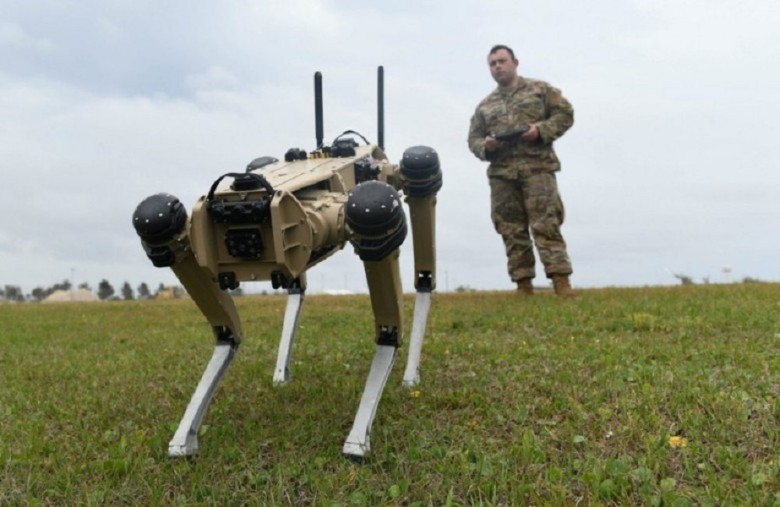
These robot dogs can carry nearly 160 kilograms on their metal frame while navigating difficult terrain at speeds of up to 6.5 km/h. Their primary function may be to carry equipment for soldiers, but they have also been employed by law enforcement in the United States for tasks such as raids and drug arrests.
34. Sky Guard Drone
The Sky Guard drone can hover in the air for nearly eight hours at an altitude of up to 5,400 meters. However, due to its limited range, the drone stays relatively close, able to travel just under 160 kilometers from its starting point.

Originally designed for information gathering and reconnaissance missions that would inevitably support ground, air, and naval units in tactical operations, the Sky Guard drone has yet to be used for offensive tasks. However, with the increasing proliferation of drones on the battlefield, it cannot be ruled out that the Sky Guard may also be used as a weapon.
35. Hypersonic Aircraft
Wouldn't it be wonderful to live in a world where you could travel from the United States to Europe in just 90 minutes? Imagine no longer having to endure 7 hours in a cramped seat on a crowded plane. A Georgia-based startup called Hermeus is determined to make this dream a reality.
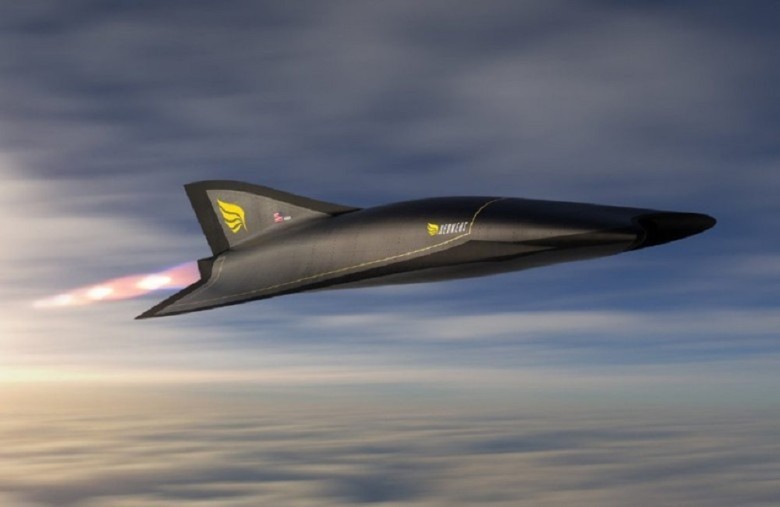
In late July 2021, Hermeus Corporation received a contract worth 51 million euros to develop the "world's first reusable hypersonic aircraft." In the end, it is expected to transport passengers at speeds exceeding Mach 5 or 4,800 km/h, providing rapid global travel.










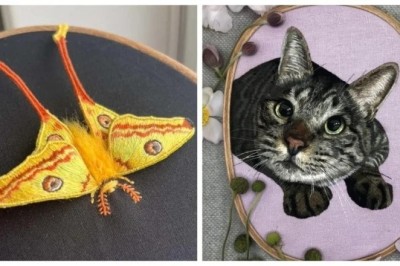
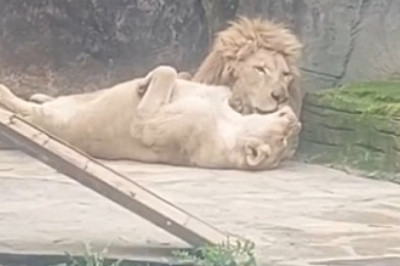








Comments
0 comment